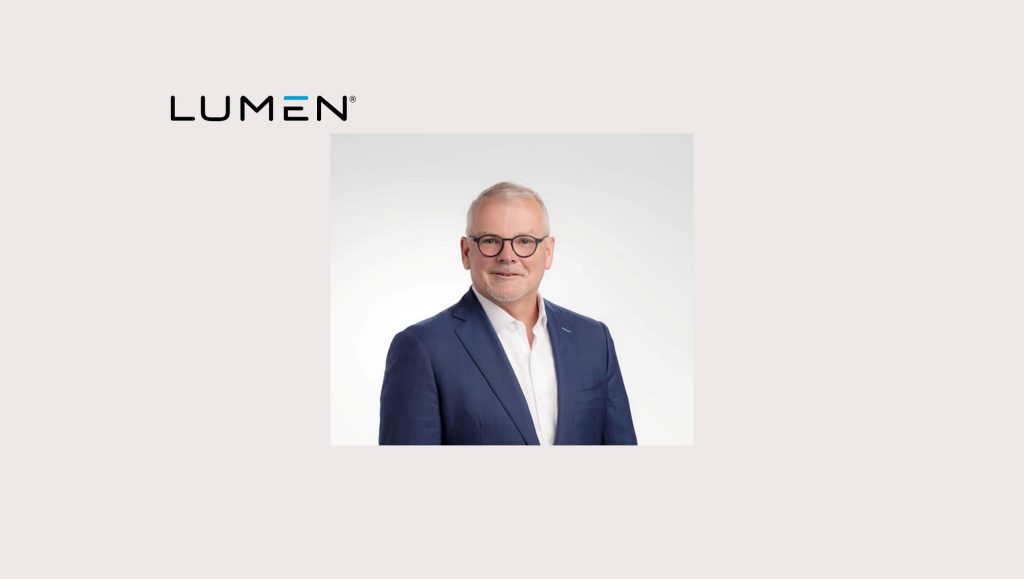Analysts Explore the Gartner 2022 CIO and Technology Executive Agenda at Gartner IT Symposium/Xpo 2021 Americas, October 18-21
Enterprises must embrace business composability to thrive through disruption in 2022 and beyond, according to Gartner, Inc.’s annual global survey of CIOs and technology executives.
“Instead, high-composability enterprises embrace distributed accountability for digital outcomes, reflecting a shift that most CIOs have been trying to make for several years, as well as creates multidisciplinary teams that blend business and IT units to drive business results.”
Business composability is the mindset, technologies, and set of operating capabilities that enable organizations to innovate and adapt quickly to changing business needs. It is built on applying the key principle of modularity to business assets to achieve the scale and pace required of business ambition.
“Business composability is an antidote to volatility,” said Monika Sinha, research vice president at Gartner. “Sixty-three percent of CIOs at organizations with high composability* reported superior business performance compared with peers or competitors in the past year. They are better able to pursue new value streams through technology, too.”
Gartner analysts presented the survey findings during Gartner IT Symposium/Xpo Americas, which is taking place virtually through Thursday.
Read More: Via.Delivery Appoints Jeff Macak Chief Operating Officer
Investments in AI, Cloud and Security Technologies Support Business Composability
Artificial intelligence (AI) and distributed cloud are the two main technologies that a majority of high-composability enterprises have already deployed or plan on deploying in 2022. These technologies are a catalyst for business composability because they enable modular technology capabilities.
Cyber and information security is at the top of the list of planned investments for 2022, with 66% of all respondents expecting to increase associated investments in the next year. This is followed by business intelligence/data analytics (51%) and cloud platforms (48%).
“There is a continued need to invest in cybersecurity as the environment becomes more challenging. A high level of composability would help an enterprise recover faster and potentially even minimize the effects of a cybersecurity incident,” said Sinha.
High-Composability Enterprises Leverage IT Better
On average, high-composability enterprises expect greater increases in revenue and IT budget in 2022 than their moderate-or low-composability peers. In 2022, CIOs and technology executives at high-composability enterprises expect their revenue and IT budgets to grow, on average, by 7.7% and 4.2%, respectively, while low-composability enterprises only expect both to increase by 3.4% and 3.1%, respectively.
“Most high-composability enterprises set up strategic planning and budgeting as a continuous and iterative activity to adjust to change more easily,” said Sinha. “Without big deficits to remedy elsewhere, CIOs can afford to invest in composability, especially for IT developers and business architects who can design in a composable manner.”
Globally, IT budgets are expected to grow at the fastest rate in over ten years with an average growth of 3.6% in overall IT budget for 2022 reported among all survey respondents.
Three Domains of Business Composability
With volatility serving as a business driver for the foreseeable future, CIOs are in a unique position to advance the three domains of business composability: composable thinking, composable business architecture and composable technology.
Composable Thinking
“Business composability isn’t uniformly high across the economy because it requires business thinking to be reinvented,” said Sinha. “Traditional business thinking views change as a risk, while composable thinking is the means to master the risk of accelerating change and to create new business value.”
CIOs leading high-composability enterprises recognize that business conditions often change, from customer demands to financial models, and empower the teams that are closest to the action to respond and re-form to those new conditions. For instance, over half of high-composability respondents said they promote a high-trust culture that encourages employees to independently make decisions – double the percentage of moderate- and six-times more than low-composability enterprises.
Composable Business Architecture
Industrial-era businesses were designed for stability and slow, predictable change. In the digital era, business architectures need to be designed for uncertainty and continuous change. Instead of optimizing for efficiency, the composable enterprise optimizes for adaptability. Systems, processes and workers no longer serve one predetermined use case or purpose.
“Digital business initiatives fail when business leaders commission projects from the IT organization and then shirk accountability for the implementation results, treating it as just another IT project,” said Sinha. “Instead, high-composability enterprises embrace distributed accountability for digital outcomes, reflecting a shift that most CIOs have been trying to make for several years, as well as creates multidisciplinary teams that blend business and IT units to drive business results.”
Composable Technology
“Business runs on technology, but technology itself must be composable to run composable businesses,” said Sinha. “Composability needs to extend throughout the technology stack, from infrastructure that supports rapid integration of new systems and new partners to workplace technology that supports the exchange of ideas.”
The survey revealed that CIOs and technology executives in high-composability enterprises have pushed forward more aggressively when it comes to iterative technology development, sharing data across systems and people, and building out integration capabilities data, analytics and applications.
“CIOs at moderate-or low-composability enterprises must internalize these three domains of business composability to make their organization nimbler and well equipped to handle the rapidly changing business environment in which they operate,” said Sinha. “It’s a gradual, but imperative, process going into 2022 and beyond.”
Read More: 2021 Best Of Open Source Software Awards Identify The Most Groundbreaking Products Available To…





















